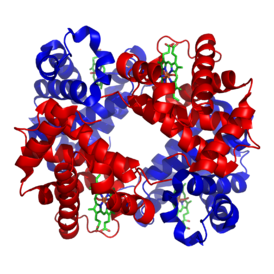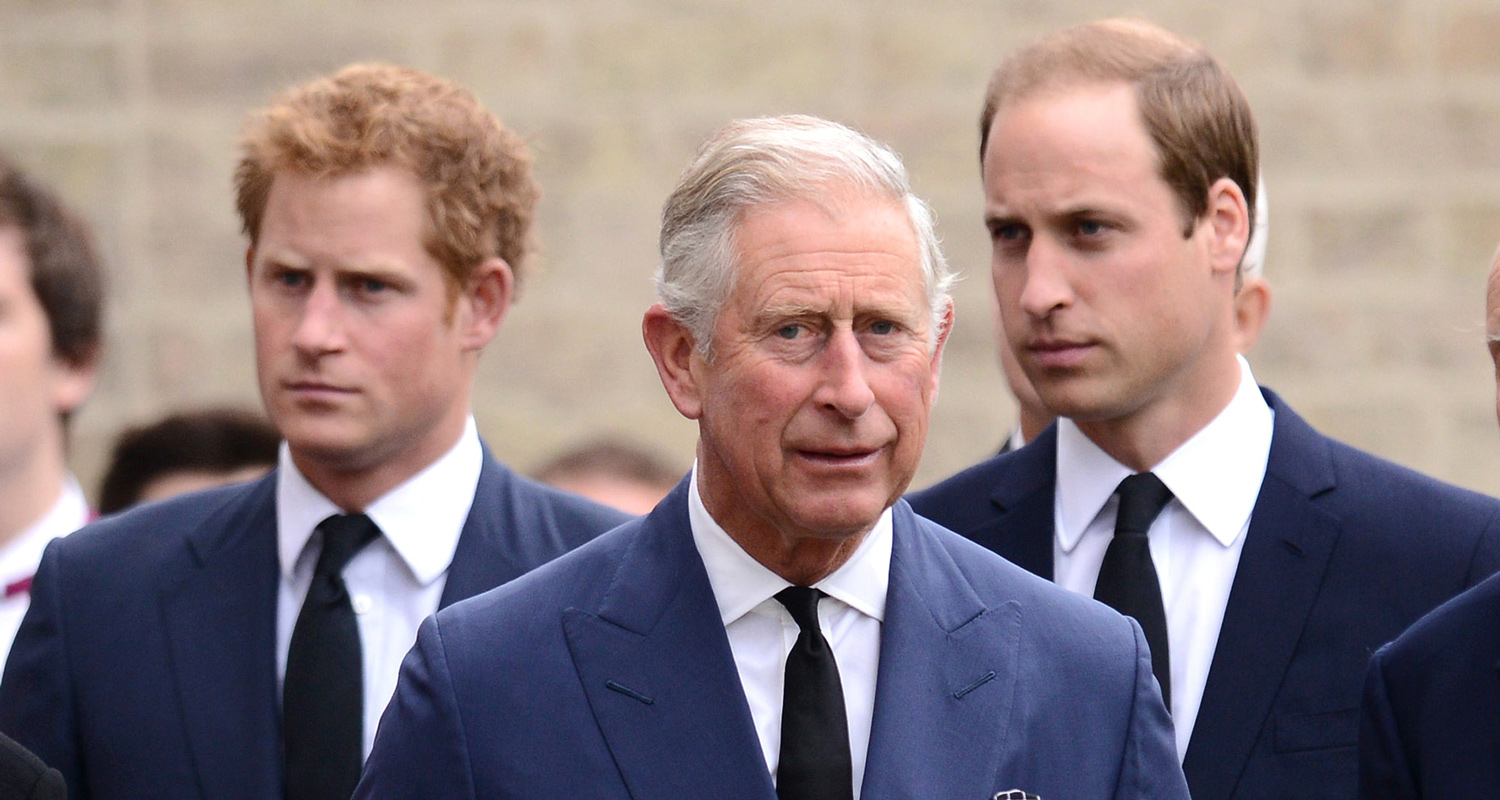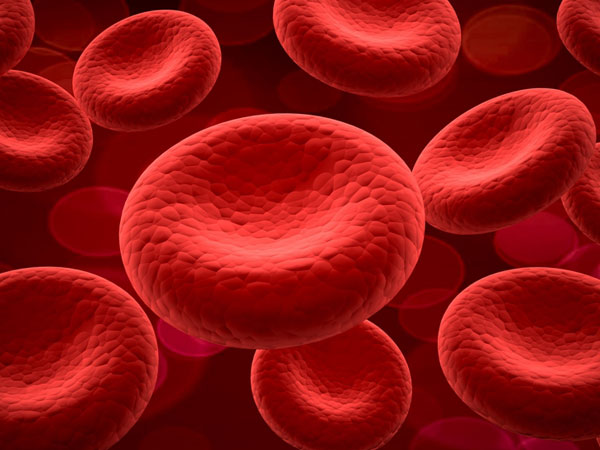Here is a rough draft of a script I wrote a couple of years ago about blood. Doesn't really fit with the rest of the stuff on this blog (but not much does), but I still find blood completely amazing, and wish we had managed to make this into a short video clip, as was once the plan.
Script - Blood
The Talmud states that one may transgress any of the sins of the Torah to save one’s life with only three exceptions. One may not commit idolatry, sexual immorality or murder even to save one’s life.
The Talmud finds a source in the Torah to show that one may neither transgress idolatry or sexual immorality, even if it costs one his or her
life. However, with regard to murder, the Talmud says in the name of Rava that it is based on logic:
What makes you see that your blood is redder than his?
Perhaps the blood of that man is redder than yours?
Clearly this expression is not actually related to the color of blood, but rather shows that we never know the value of a human life, and one
cannot decide that his own life is worth more than that of another.
But have you ever stopped to wonder why your blood is red? We take it for granted. We describe people as “Red Blooded.” But why? Or
perhaps our blood is really blue, because when I look at the veins through my skin, it looks as though everything is blue.
[Nigel Tufnel: This is my exact inner structure, done in a tee shirt. Exactly medically accurate. See? It is green. You see how your blood looks blue.]
The answer is that the blood of humans and all vertebrates looks red because of the red blood cells which carry an important protein molecule called hemoglobin. Hemoglobin carries oxygen from the lungs to the rest of the body where it releases it to provide energy.
Now did you know that most of your blood is actually water. More than half of your blood is plasma, which itself is 92% water. The average human adult has between 4.7 and 5.0 liters (14-18 pints) of blood in their body. This is about 7% of your total body weight.
But let’s get back to hemoglobin.
Hemoglobin is a protein which contains four iron ions. Each of these ions bonds with an oxygen molecule and transports it to where it is
needed.
Here is a picture of the four hemes, each containing the iron ion, surrounded by four globins.
Now there are 270 million of these hemoglobin proteins inside each red blood cell.
So imagine a train with 270 million carriages. Each carriage has four seats. In each seat is on oxygen molecule. Everyone boards the train
at the first station, which in the body is the lung. As the blood cells pass the lungs they grab their oxygen.
[Reuven can demonstrate this with a toy train (though I doubt we’ll have 270 million carriages]
The problem is that each of these carriages has a different destination.
Every part of your body needs oxygen. However some parts need it more urgently, or in greater quantities than other parts. For example,
if you are going for a run, your leg muscles are going to need more oxygen than some other parts of your body.
The hemoglobin train has to know where to drop off the occupants of each carriage. How does it know how to do this? Obviously there is
not really a conductor on board the hemoglobin train, telling each molecule when to disembark. However the chemicals act as if they
know where to go.
The answer is Allosteric Inhibition. (Things bind to other parts of the protein, which affects the ability of the protein to do what it normally
does).
Hemoglobin is allosterically inhibited by CO2.
When you exercise, your muscles produce large quantities of CO2.
When the hemoglobin train reaches the station with the CO2, it releases its oxygen automatically, which means that the O2 is
delivered to exactly the right place at the right time.
(Red blood cells are 25% bigger than the smallest capillaries, and have no nucleus so they are
squeezed through them which helps them release the O2).
Now we have already said that each red blood cell has 270 million hemoglobin proteins. But there are also about 20-30 trillion red blood
cells in our bodies. Which means that red blood cells are almost a quarter of all the cells in your body! And if you multiply 270 million by
20-30 trillion you will find that you have an enormous amount of hemoglobin in your body.
This wonderful protein and its amazing chemical properties are what enable all of us to live. Without this we would not last at all.
This is also the reason that our blood is red. Because the hemoglobin is built around iron, which is red. When the hemoglobin is carrying oxygen the blood is a lovely bright red color. When all the occupants have disembarked from the train, the blood looks darker red.
Not all animals are red blooded though. For example, Leech blood is green because it contains chlorocluroin instead of hemoglobin. This is a different protein without the iron, but which also binds to oxygen.
And crabs use copper instead of iron to transport oxygen in their hemocyanin. As a result their blood is blue. This certainly gives a new meaning to the concept of “Blue Blooded.”
So why does our blood look blue through our skin? This is actually due to the way different wavelengths of light penetrate your skin, are absorbed and reflect back to your eyes — that is, only high-energy (blue) light can make it all the way to your veins and back. It has nothing to do with the color of the blood or the veins.
The blood collects the oxygen from the lungs, then begins its trip around the body. Blood carrying oxygen flows through arteries. After it
has dumped its oxygen the blood returns to the heart and lungs through veins. The blood reaches the actual places where it is needed
by squeezing through tiny capillaries. This network of blood vessels covers the entire body.
I have here a ball of string. It is 10m long. I can keep pulling it for quite a while before I get to the end. But the number of blood vessels in your body is much longer than that.
In fact if you were to lay out all of the arteries, capillaries and veins in your body end-to-end, they would stretch about 60,000 miles (100,000 kilometers). What's more, the capillaries, which are the smallest of the blood vessels, would make up about 80 percent of this length.
By comparison, the circumference of the Earth is about 25,000 miles (40,000 km). That means a person's blood vessels could wrap around the planet approximately 2.5 times!
Think about that for a second. Isn’t that amazing!
Now, how long does it take for your blood to make the trip around your body? It is pumped by your heart and needs to travel great distances to get to where the oxygen is needed. Remarkably, it only takes 20 to 60 seconds for a drop of blood to travel from the heart, through your body, and back to the heart again.
In 24 hours, the blood in the body travels approximately 12,000 miles, amazingly that’s four times the width of North America.
Even while you are resting, your blood is working hard for you.
Red blood cells are very important, because they transport the oxygen around your body and keep you alive. Red blood cells live for about 120 days, before self-destructing.
But your blood also contains other important elements.
Blood is made up of red blood cells, white blood cells and plasma
White blood cells are part of your body’s immune system, your defense against infection and other contaminants. White blood cells are also called leukocyte, which is a Greek word basically meaning “White hollow cells” which is a more or less accurate description of them.
Some white blood cells are lymphocytes which are actually made up of three different kind of cells – T-cells, B-cells, and the wonderfully named “Natural killers”. As well as circulating with your blood, most of the lymphocytes actually circulate though the lymph system. But a discussion of the lymph system will have to wait for another program.
Lymphocytes target different types of infections, and natural killers have the role of destroying body cells which have become infected.
Both red blood cells and white blood cells are manufactured in your bone marrow, which is the gooey stuff inside your largest bones. And boy, can it manufacture blood cells!
Your body manufactures 17 million red blood cells per second. If stress precipitates a need the body can produce up to 7 times that amount. Just to spell that out - that’s up to 119 million red blood cells per second!
So those are red and white blood cells. But more than half of your blood is actually plasma. Plasma is mostly water, but carries all sorts of important things around your body, including proteins, hormones, glucose and CO2.
One of the important roles of blood plasma is to carry the blood clotting agents around your body. It is very important that your blood remains liquid while it is circulating around your body. Clots inside the body can cause heart attacks, strokes and all sorts of other very serious problems.
On the other hand, if your skin gets cut, the blood comes out to clean and protect the site. But if it didn’t clot, it would simply continue to run outside your body until you had no blood left.
All of your blood vessels have a very thin inner layer called endothelium. If the endothelium is damaged it triggers changes in the platelets which are in your blood which begins the clotting process.
They then release a hormone which makes a kind of net, called fibrin, which covers the entire clot, and strengthens it. With the fibrin supporting the structure, other cells join in, including red and white blood cells.
This entire process stops the blood from flowing out of the body, and also grabs the sides of the cut and enables it to being healing.
And here is perhaps the most amazing part of all. Once the skin has healed, the body simply releases agents which completely dissolve the blood clot. If the clot were to remain in the body, it would cause untold damage. Because it can form so quickly, and then dissolve when it is no longer needed, the body is able to repair itself, often without even needing a Band-Aid.
Human blood has been studied in great detail, and we now know a lot about it. We can give blood transfusions, and do all sorts of other important things with blood.
But it wasn’t so long ago that it was all a bit of a mystery. Nobody really knew what blood was for. Doctors thought that most illness was caused by too much bad blood, and prescribed blood-letting for almost every ailment.

In fact, we didn’t even know that blood circulates around the body until the 1628. In that year, a doctor called William Harvey, who as a heavy coffee drinker, and thus always had lots of energy, published his book De Motu Cordis (in English that is “On the Motion of the Heart and Blood”)
One of Harvey’s techniques was to calculate the amount of blood in the body, and to measure the average heartbeat.
He found that an adult human has an average resting heart rate of about 75 beats per minute, the same rate as an adult sheep.
I guess it is obvious, but the bigger the animal, the slower the heartbeat. For example, a blue whale's heart is about the size of a compact car, and only beats five times per minute.
On the other hand, a shrew, which is a tiny animal, has a heart rate of about 1,000 beats per minute.
A couple more interesting and important facts about blood.
A fetus does not use its lungs while in utero. It derives its oxygen and nutrients from the mother via the umbilical cord. As a result the blood in a fetus circulates differently than once it is born. The blood flows into the right atrium of the heart, and there is a hole leading directly from there to the left atrium. As soon as the baby is born and takes its first breath, this hole in the heart closes up, and the blood begins circulating through the lungs, carrying oxygen to the body.
All of this happens in a few moments after the baby is born. Without this amazing feat, a baby would not survive for very long after birth.
Two final facts for you to consider. Every play by Shakespeare contains the word ‘blood’ at least once. And the word “Blood” appears in the Bible 354 times.
I guess blood really is important. And amazing. There is a blessing that is recited every day:
Blessed are You, Hashem our God, King of the universe, Who formed man with wisdom and created within him many openings and many hollows. It is obvious and known before Your Throne of Glory that if even one of them ruptures, or if even one of them becomes blocked, it would be impossible to survive and to stand before You. Blessed are You, Hashem, Who heals all flesh and acts wondrously.
We can truly appreciate how wondrous and amazing this really is. Our blood looks after us, and serves us so well. We should appreciate it every day.







/https://public-media.smithsonianmag.com/filer/d5/28/d528a84f-4e37-4dff-b361-4c301759eba3/shrew.jpg)
